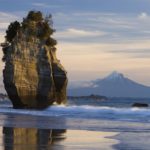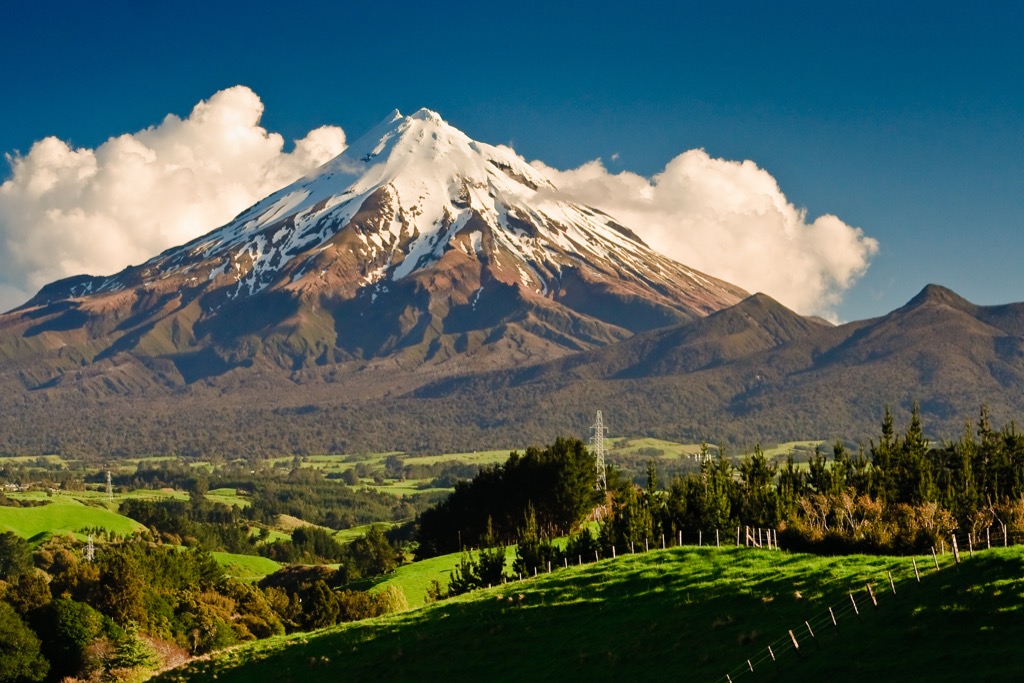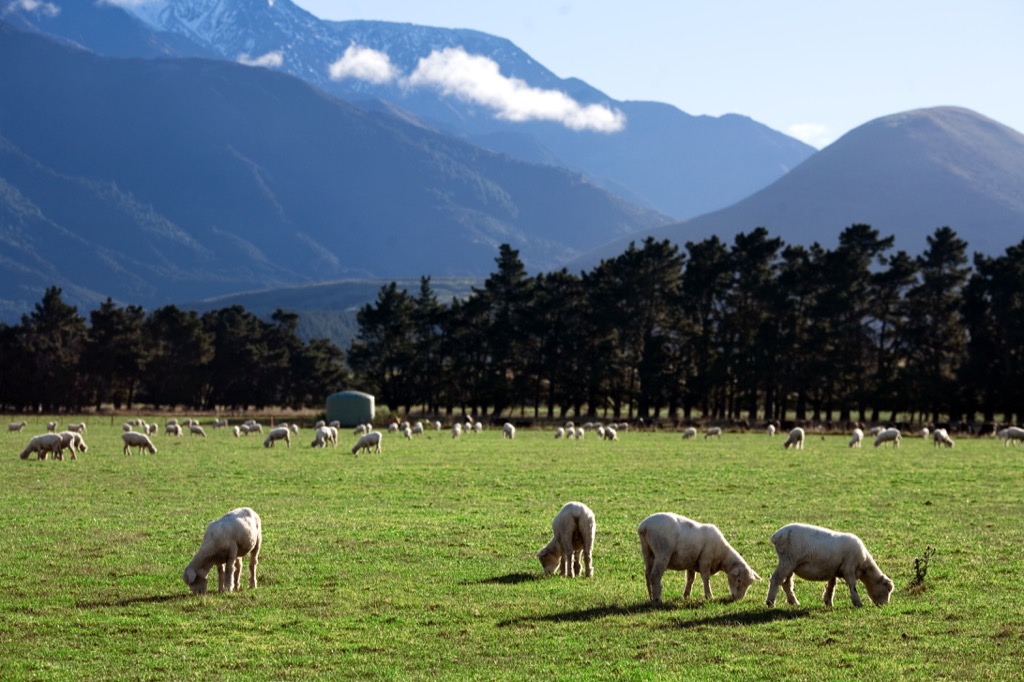As we drove along the potholed dirt road leading to our first real farm in New Zealand, we didn’t know what to expect. My friend and I had stayed with a few families who kept small veggie gardens or a couple of chickens. We had worked on a vineyard and painted a house on the coast near the sparkling Bay of Islands. But never before had we worked on a rare breeds farm with cows, horses, goats, donkeys, llamas… and that’s all we could gather from the blurry photos posted online. The farmer’s post asked for help designing signs and constructing a few buildings. It sounded perfect: I would paint, my friend would do the heavy lifting. We figured we’d stay a week or maybe two, but no longer as we were eager to continue south to the Tongariro Crossing trek and then to the capital city of Wellington.
Six weeks later, we packed up everything from our shepherd’s hut, a replica built by our host famer of those used in the 19th century. This tiny shack was no bigger than a closet, with a twin bed wedged into one side and a miniature desk nestled into the other. But it turned out this was all the space we needed—one of many ways we learned to live simply in those six weeks. That morning, as with every other morning on the farm, we opened our door to a field of animals that had woken up with the sun: a donkey rubbing its back on a tree with a goat teetering in the upper branches, a cow chomping grass with a baby alpaca running in front of it, swaying its legs from side to side as if in a joyful dance. We attempted to wedge the mementos of the last month and a half into our already overstuffed backpacks. A huge curled ram’s horn found on the side of the stream. A couple bottles of homebrewed ginger kombucha. A rubber castration ring that the farmer jokingly instructed me to pull out of my pocket and threaten to use when a guy gave me unwanted attention in a bar.
I didn’t paint one sign on the farm; my friend didn’t help with one construction project. Instead, we herded animals, helped sell meat and beeswax at the farmer’s market, and learned how to make cheese and bread. I milked the six mama goats twice a day, and the house cow, a stout Dexter named Susie who was about as wide as she was tall, every morning. We bottle-fed this milk to baby goats and sheep who had been separated from their mothers, drank it ourselves, and used it to make cheese and butter for the house. We gathered, harvested, or butchered all of our main food staples: fruit and veggies from the garden, meat from the field, eggs from the coop. Volunteers and friends came and went, but we typically had around ten people to feed every day. Even with a group this large, we produced only a small grocery bag of kitchen trash every two weeks. Growing and raising our own food allowed us to cut down our plastic waste, especially from packaging, to almost nothing. We were truly living off the land.
After saying our goodbyes to people and animals, my friend and I climbed into our car, still smelling like the bonfire from the night before. We drove past the site of the hangi, a traditional Maori method of cooking meat and vegetables on red-hot coals in a deep hole in the ground. We passed by the emu with a bad attitude, who flashed his red eyes and stepped forward with dinosaur feet as big as my face. I pulled out the curled ram’s horn and set it on our dashboard, where it rattled and jumped all the way down to Wellington, freeways replacing rivers, parking lots filling in fields.




